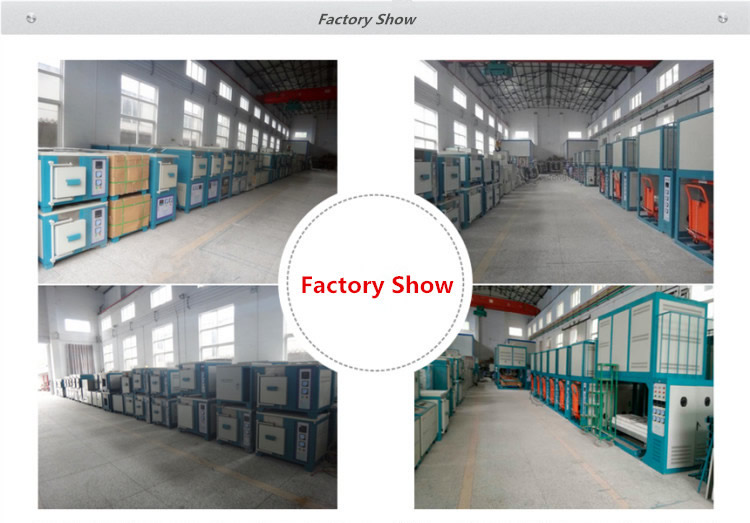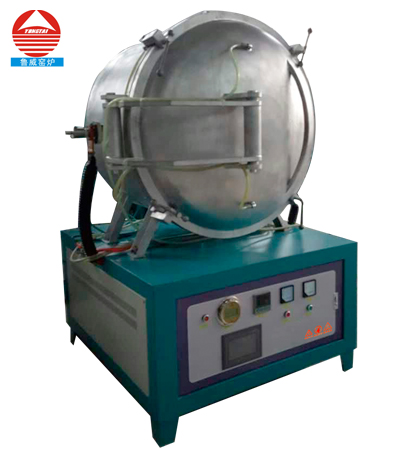1, vacuum quenching furnace;
Vacuum quenching furnace can be divided into vacuum oil quenching furnace and vacuum quenching furnace.
1) Vacuum oil quenching furnace is suitable for vacuum heat treatment of die steel, spring steel, stainless steel, bearing steel, high temperature alloy steel, etc.
Its main features are: wide range of applicable data, hardenability, low cost, quench oil can be used repeatedly.
The disadvantages are that the amount of deformation is relatively large, and the follow-up needs of the workpiece are clean.
Vacuum oil quenching furnace can be divided into two-chamber furnace and three-chamber furnace from the layout.
2) Vacuum high pressure gas quenching furnace is suitable for vacuum heat treatment of high-speed steel, stainless steel, die steel and some other hardenability materials. It is characterized by small deformation of parts and no need of cleaning after heat treatment. Inadequacies: Quenching gas cannot be recovered and the cost is high.
Vacuum high pressure gas quenching furnace can be divided into horizontal and vertical two kinds from the layout. Horizontal type can be divided into single room, double room and three rooms. Vertical heat treatment for ring-shaped, cylindrical and long rod-shaped parts. The high pressure gas quenching furnace vacuum quenching pressure is usually 2b a r ~ 10b a r. According to the user's needs can choose parts for the pressure of the furnace.
2, vacuum tempering furnace:
The vacuum tempering furnace can be divided into single chamber, double chamber and vertical type. Usually the nickel-chromium strip is used to heat the maximum temperature of 800°C. Vacuum tempering furnaces are generally suitable for parts with light appearance and no oxidation color after tempering.
3, vacuum annealing furnace:
Vacuum annealing furnace can be divided into single chamber, double chamber and vertical. Vacuum annealing furnace according to the part data can be selected in the high temperature and low temperature, (high temperature 800 °C ~ 1350 °C, low temperature 800 °C).

 Transmission part: The trolley drive adopts motor and reducer to drive the front set of driving wheel drive through the chain. The door-to-door drive uses a combination of a worm gear reducer and a motor to electrically lift.
Transmission part: The trolley drive adopts motor and reducer to drive the front set of driving wheel drive through the chain. The door-to-door drive uses a combination of a worm gear reducer and a motor to electrically lift.